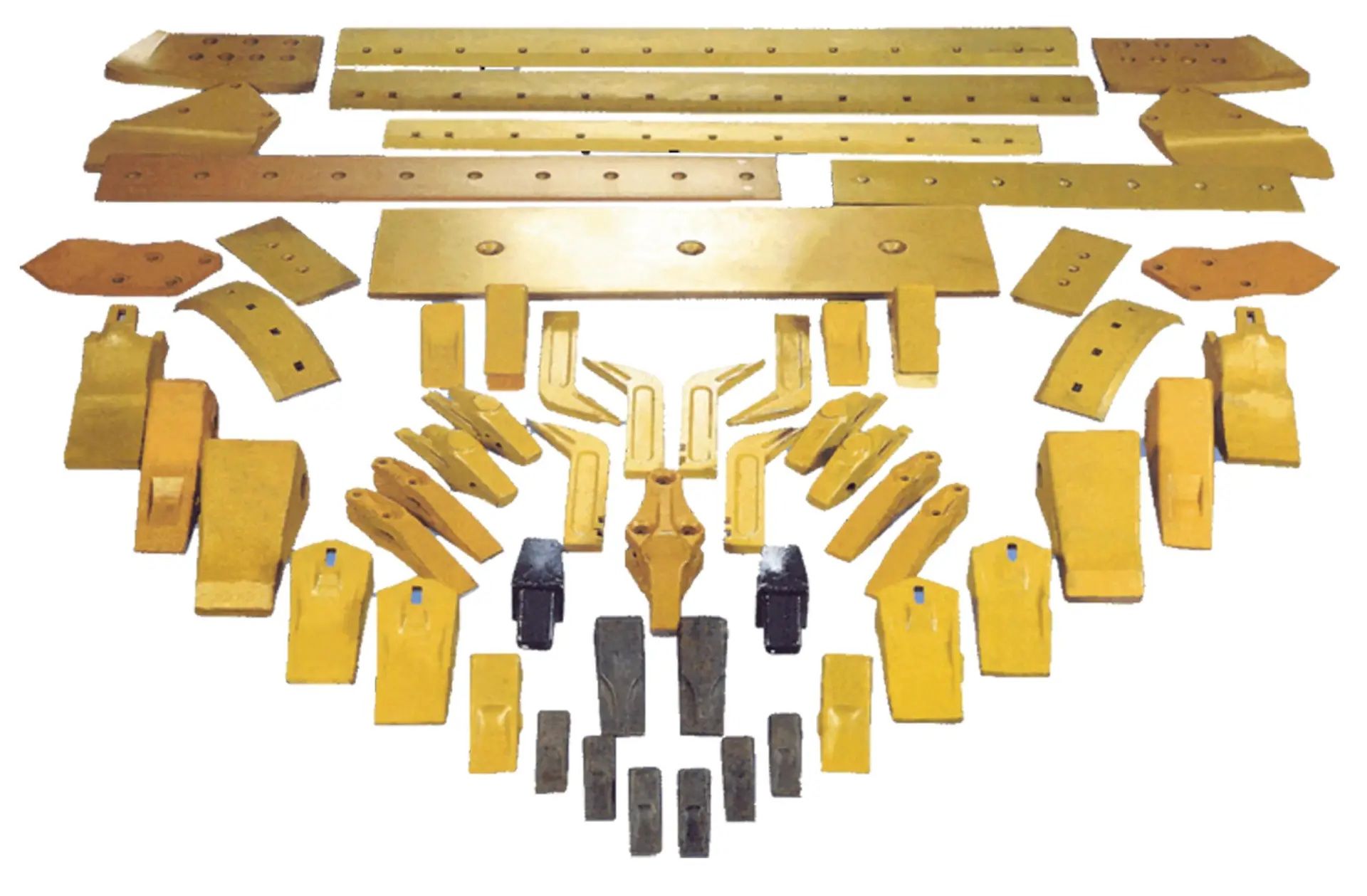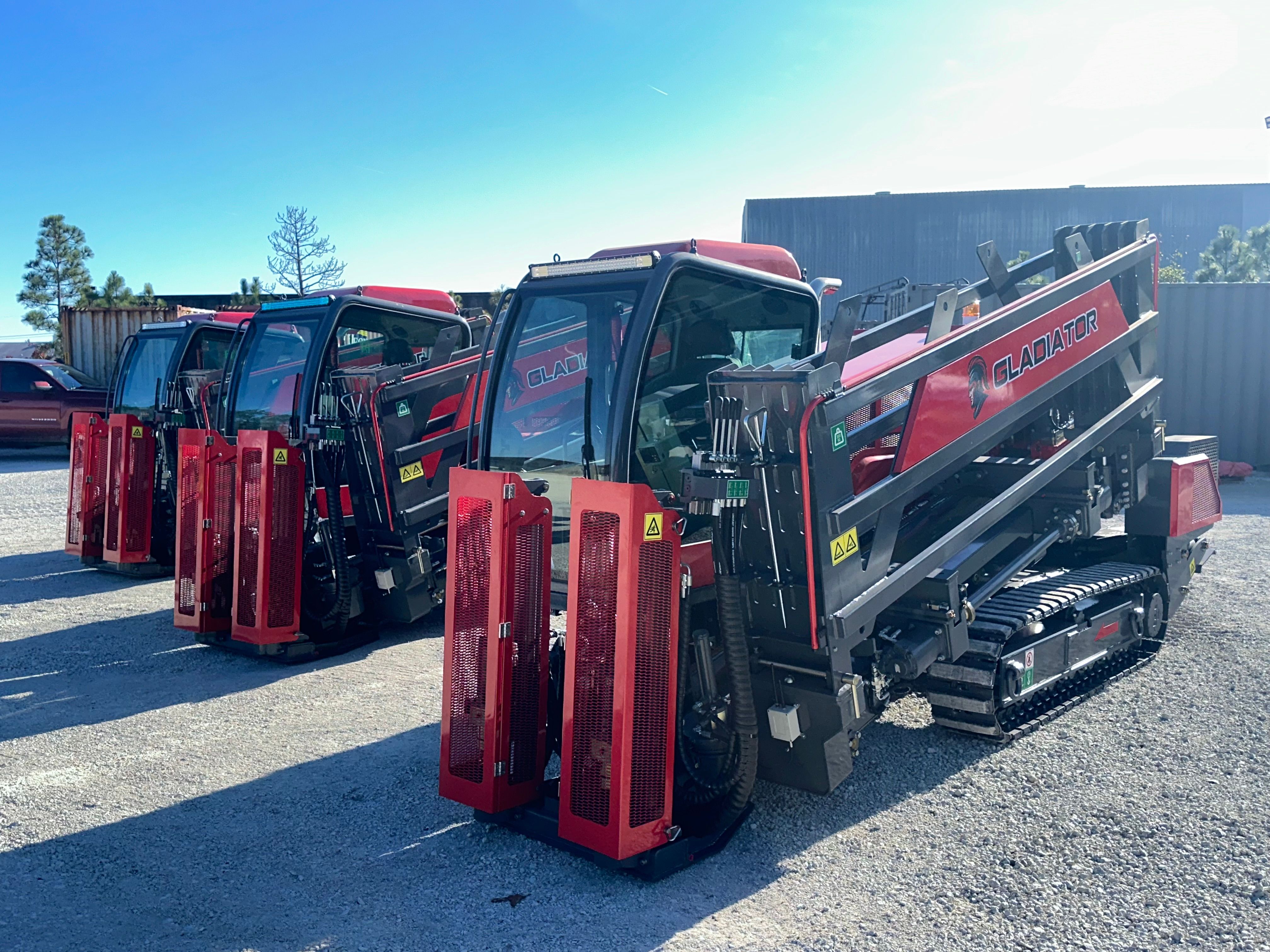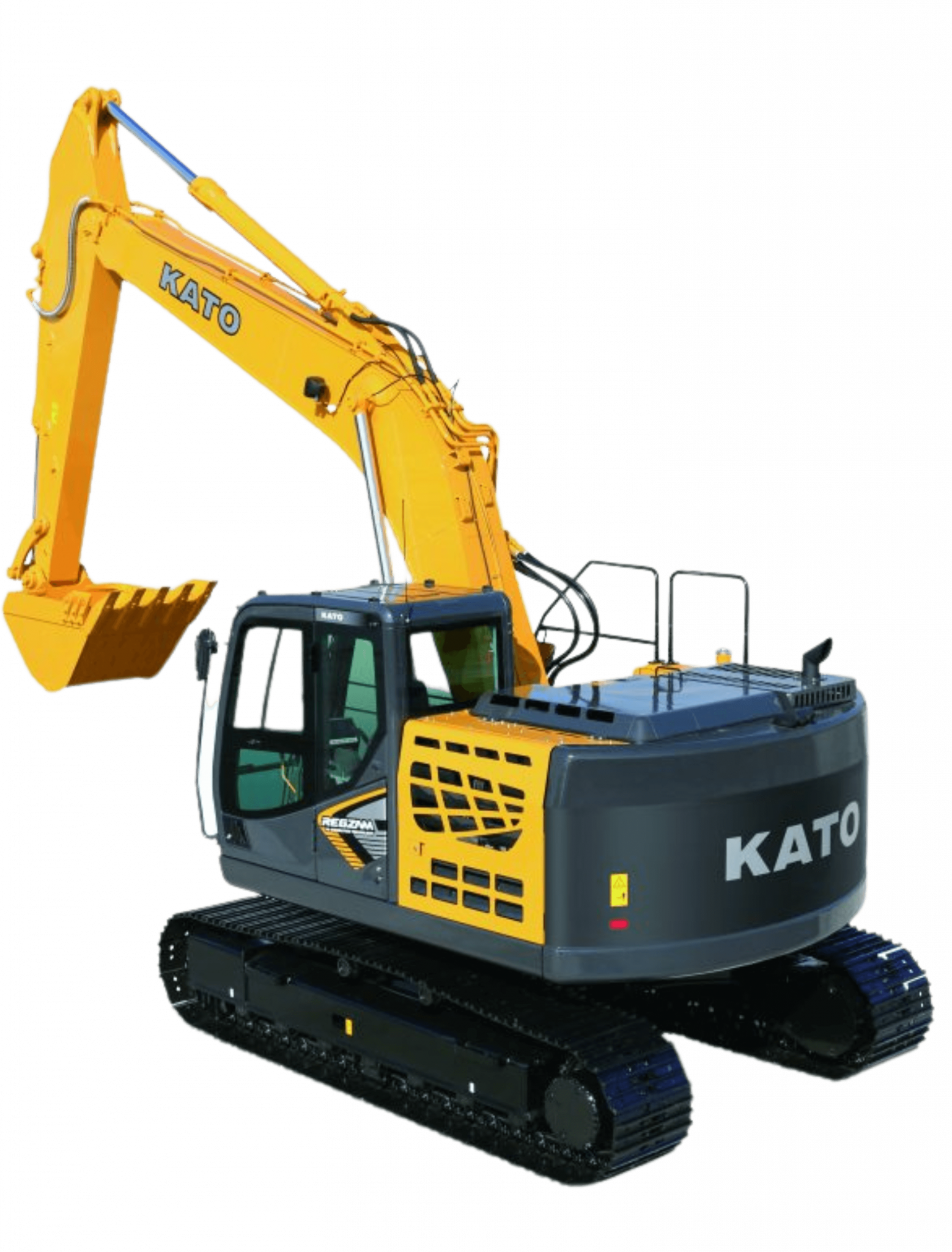When deadlines are tight, parts availability decides whether your machines earn money or sit idle. In 2025, contractors need two things from a parts partner: fast, correct fulfillment and parts that last. Wolf Machinery Supply supports fleets across the USA with OEM heavy equipment parts and quality-checked aftermarket construction parts for excavators, skid steers, loaders, dozers, and moreavailable for online equipment parts ordering and fast delivery.
This guide breaks down the must-have parts categories, how to choose OEM vs aftermarket, maintenance tips that extend component life, and a simple ordering checklist that prevents mismatches.
Core Parts Categories You’ll Reorder Most
- Filters & Fluids: engine oil, fuel, hydraulic, air, DEF; matched to OEM intervals and site conditions.
- Belts, Hoses, Clamps: fast wear, heat- and abrasion-rated replacements.
- Seals & Gaskets: hydraulic, drivetrain, and cooling interfaces to stop leaks early.
- Bearings & Bushings: articulation points (pins/bushings) and rotating groups.
- Ground-Engaging Tools (G.E.T.): bucket teeth, adapters, side cutters, cutting edges, end bits.
- Undercarriage: rubber/steel tracks, rollers, idlers, sprockets—highest TCO lever for tracked machines.
- Electrical: alternators, starters, harnesses, sensors, controllers, work lights.
- Cooling & Air Handling: radiators, coolers, fans, shrouds, charge-air hoses.
- Attachments & Mounting Kits: couplers, quick-attach plates, auxiliary hydraulic kits.
OEM vs Aftermarket: How to Choose in 2025
OEM heavy equipment parts
- Best for: mission-critical components (ECU/ECM, sensors, emission systems, complex hydraulics).
- Pros: guaranteed fit/spec, validated materials, consistent updates.
- Consider: premium pricing; lead times can vary.
Aftermarket construction parts (quality-verified)
- Best for: wear parts & consumables (G.E.T., filters, pins/bushings, rubber tracks).
- Pros: strong value, broad availability, performance parity from reputable brands.
- Consider: verify hardness ratings (G.E.T.), compound & cord specs (tracks), and warranty.
Rule of thumb: If failure risks downtime beyond a shift or safety/non-compliance, default to OEM. For predictable wear where you replace routinely, aftermarket can reduce cost per hour if spec-matched.
Excavator & Skid Steer Essentials (Quick List)
Excavators
- Bucket teeth & adapters, cutting edges, side cutters
- Pins & bushings at boom/stick/bucket
- Travel motor & swing gear seals
- Hydraulic hoses (boom/stick auxiliary), quick couplers
- Track group: tracks, sprockets, rollers, idlers
- Cab filters, A/C components for operator uptime
Skid Steers
- Tires (or rubber tracks for CTLs), wheel studs/nuts
- Hydraulic quick couplers, case drain lines
- Attachment electrical pigtails & coupler kits
- Lift arm bushings, tilt cylinder seal kits
- Auxiliary hydraulics filters for hi-flow attachments
Wear Parts & Ground-Engaging Tools (G.E.T.)
- Teeth & Adapters: match tooth profile to material (penetration vs abrasion).
- Cutting Edges/End Bits: reversible edges extend life; keep a spare on the shelf.
- Ripper Shanks & Tips: hardness ratings matter on rocky sites.
- Scarifier Teeth: maintain roadbeds and yard surfaces efficiently.
Pro move: Track hours per tooth/edge to compare OEM vs aftermarket cost per hour, not just purchase price.
Hydraulics: Hoses, Seals, Pumps & Cylinders
- Hoses: spec by pressure rating, temp range, inner diameter, bend radius, and cover (abrasion/ozone resistant).
- Cylinder Seal Kits: order by full model + cylinder PN + rod/bore size.
- Pumps/Motors: confirm displacement, rotation, and porting before ordering.
- Oil Cleanliness: use proper filtration; dirty fluid is the #1 hydraulic killer.
Undercarriage: Tracks, Rollers, Sprockets, Idlers
Undercarriage is often 50%+ of tracked machine operating cost.
- Rubber tracks: verify pitch, link count, width, lug pattern, and steel cord specs.
- Steel: check rail height, bushing wear, and sprocket point profile.
- Roller/Idler: listen for noise and check seal leaks at every fueling.
- Track Tension: set to manual per model; too tight = fast wear, too loose = derail risk.
Powertrain & Cooling: Filters, Belts, Radiators, Sensors
- Filters: move to severe-service intervals in dust, heat, or high-idle hours.
- Belts & Tensioners: swap as a set to avoid return downtime.
- Radiators/Charge-Air Coolers: watch deltas in temp and boost; clean fins regularly.
- Sensors (NOx, MAP, MAF, EGT): OEM recommended; emissions systems are unforgiving.
Electrical & Controls: Alternators, Starters, Joysticks, Sensors
- Alternator output should match factory spec plus lighting/aux loads.
- Starter draw testing helps catch failures early.
- Joysticks & foot controls wear mechanically and electronically—keep a spare on key units.
- Harness repairs: use sealed connectors and heat-shrink, not tape fixes.
Ordering Online Without Mistakes
Model & Serial Number (PIN/VIN) from the data plate.
- Machine configuration: engine variant, emissions tier, auxiliary hydraulics, high-flow, quick coupler brand.
- Part Number (if known) + clear photos of the failed part.
- Measurements where relevant (track pitch/width, tooth system, hose length/ID/fittings, cylinder rod/bore).
- Operating environment (rock/abrasion, dust, extreme heat/cold).
- Delivery timing: standard vs next-day; jobsite restrictions and contact.
- Warranty/return notes and any core returns required.
Tip: Send this list through Wolf Machinery Supply’s online form; we’ll cross-reference OEM supersessions and quality aftermarket equivalents, then confirm fit before shipping.
Maintenance Tips That Save Budgets Daily walk-arounds: leaks, loose hardware, cracked hoses, cutting edges near wear limit.
- 400–500 hr checks (or severe-service sooner): fluids/filters, valve lash (per OEM), regen history if applicable.
- Track tension weekly; re-torque undercarriage hardware after replacement.
- Grease on schedule—pins/bushings last far longer when greased little and often.
- Log wear vs hours to forecast orders; stock a 2-week buffer of high-use consumables.




